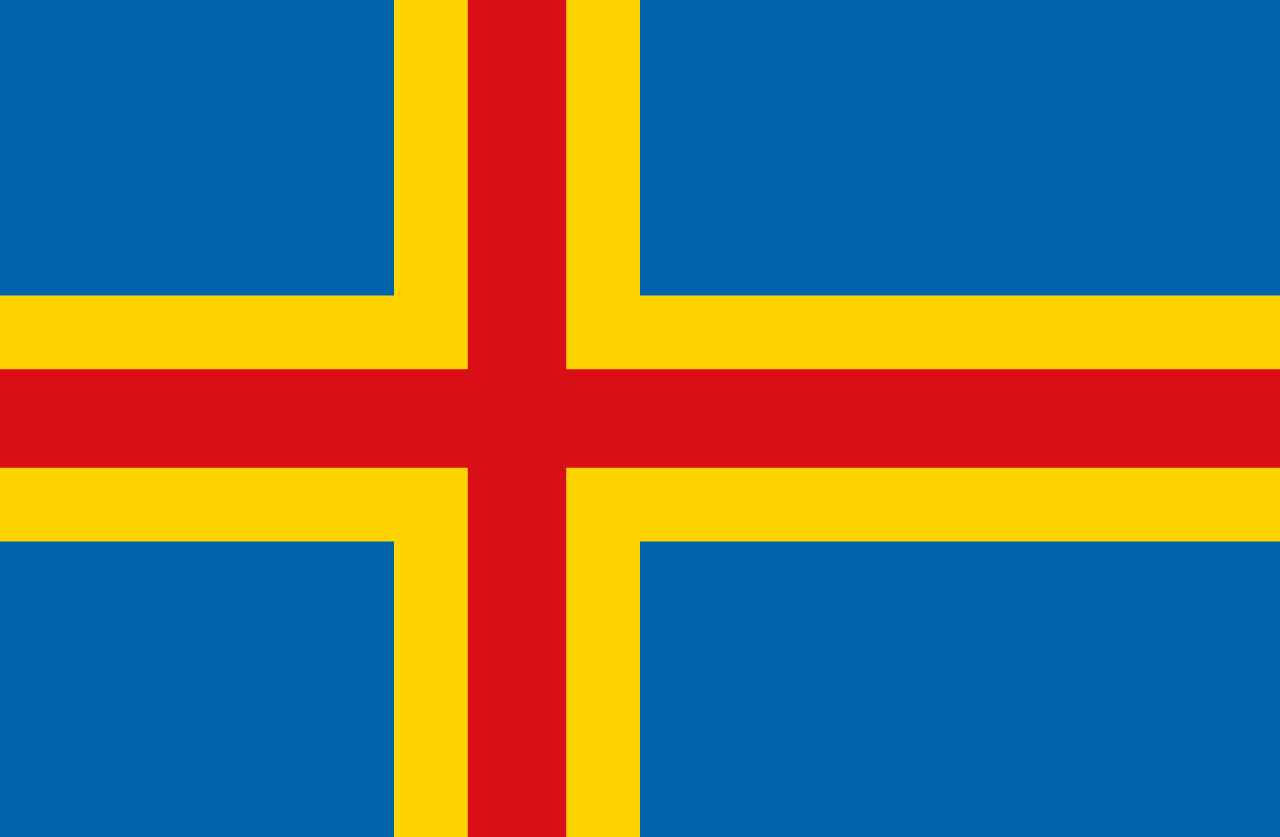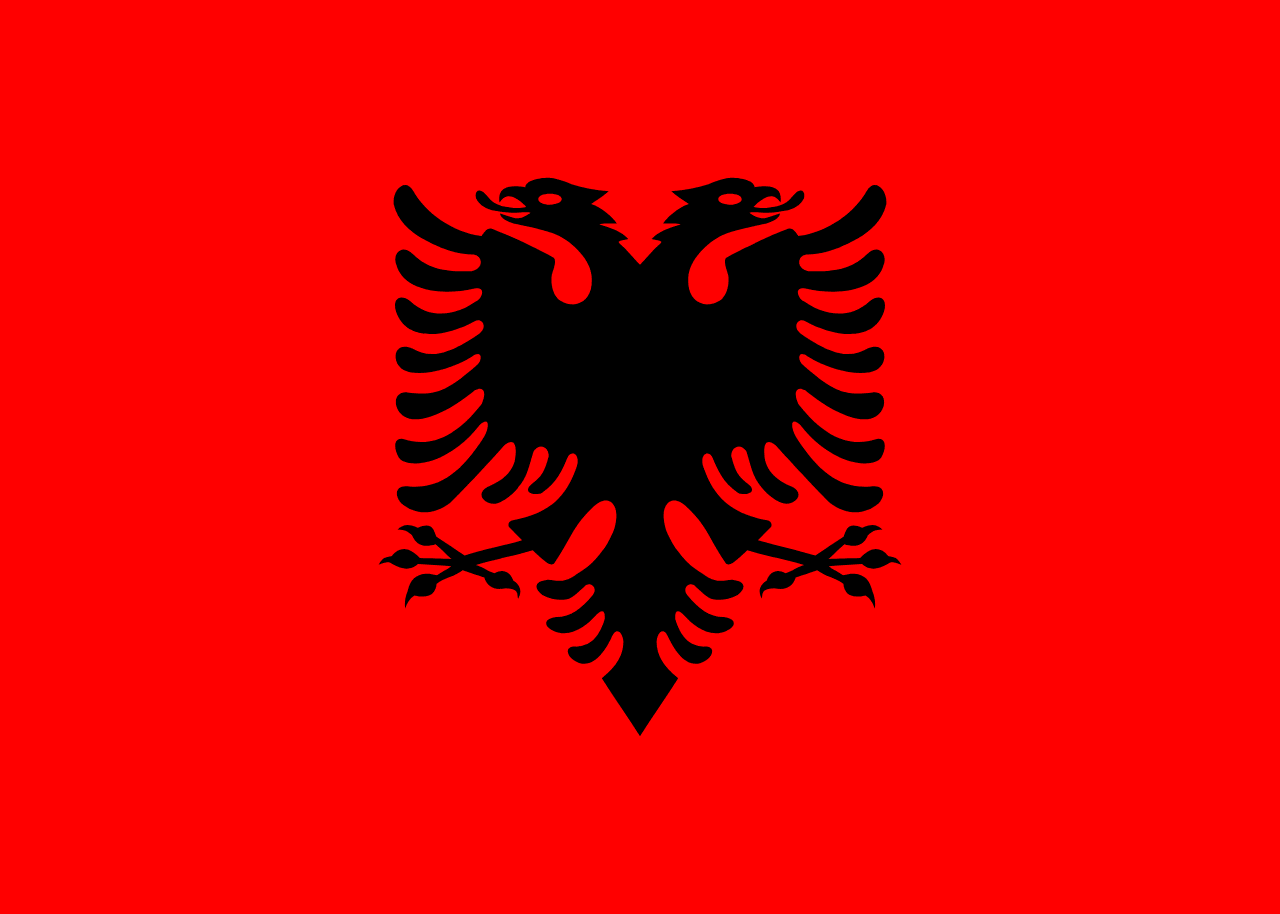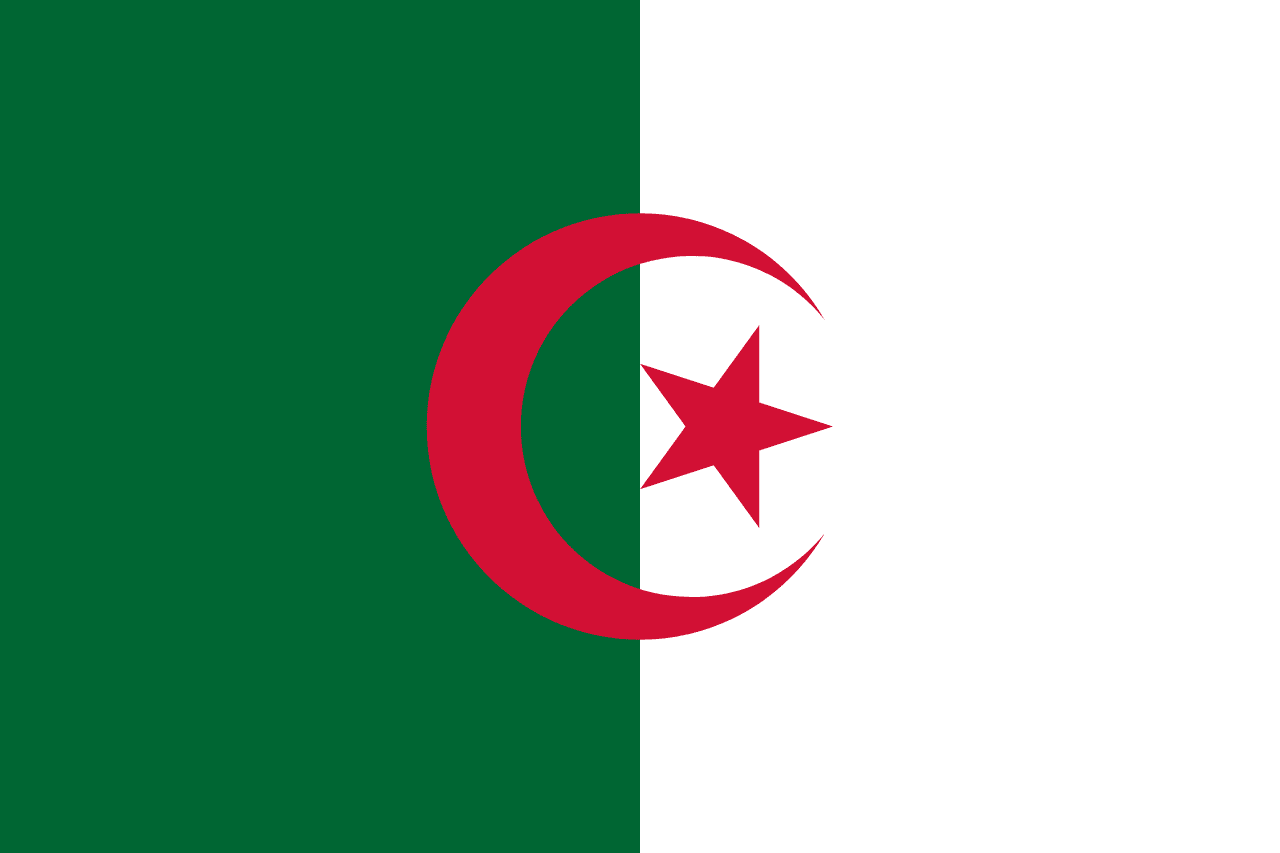The flag of Afghanistan is a tricolor consisting of three vertical stripes of black, red, and green. Centered on the red stripe is the national emblem in white, which includes a mosque with its mihrab facing Mecca, flanked by two flags, sheaves of wheat, and the Takbir.
The current design of Afghanistan's flag was adopted in 2013. However, its roots trace back to the early 20th century. The black stripe symbolizes the nation's difficult past, marked by struggles and challenges. The red stripe represents the blood shed by Afghan soldiers in defense of their country's independence. The green stripe signifies hope for the future and prosperity.
Afghanistan information
| National Flag Day | — |
| Sovereign state | Yes |
| Official name | Islamic Republic of Afghanistan |
| Capital | Kabul |
| Population | 38,928,346 |
| Area | 652,864 km² |
| Currency | Afghan afghani (AFN) |
| Language | Pashto, Dari |
| Continent | Asia |
| Region | South Asia |
| Subregion | Central Asia |
| Borders | Iran, Pakistan, Tajikistan, Turkmenistan, Uzbekistan |
| Timezone | Afghanistan Time (AFT) UTC+4:30 |
| Calling code | +93 |
| Top-level domain | .af |
History of the Afghanistan Flag
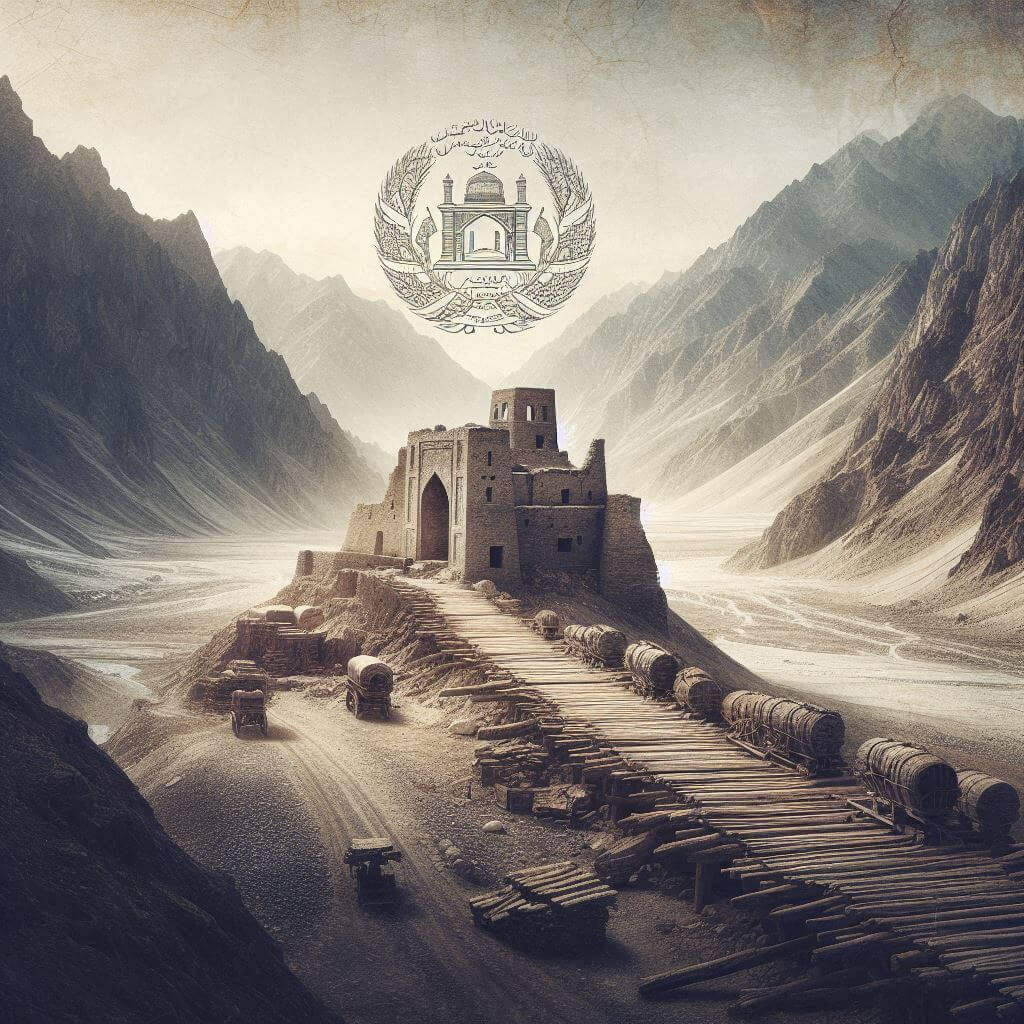 Situated in the heart of Asia, Afghanistan's flag reflects its position as a
crossroads of various cultures and civilizations. The use of Islamic motifs
in the flag's emblem underscores the country's strong cultural and religious
identity, with the mosque symbolizing the nation's adherence to Islam.
Situated in the heart of Asia, Afghanistan's flag reflects its position as a
crossroads of various cultures and civilizations. The use of Islamic motifs
in the flag's emblem underscores the country's strong cultural and religious
identity, with the mosque symbolizing the nation's adherence to Islam.
Geographical and Cultural Significance of the Afghanistan Flag
Situated in the heart of Asia, Afghanistan's flag reflects its position as a crossroads of various cultures and civilizations. The use of Islamic motifs in the flag's emblem underscores the country's strong cultural and religious identity, with the mosque symbolizing the nation's adherence to Islam.
Evolution of the Afghanistan Flag
Afghanistan has seen several iterations of its national flag. The black, red, and green tricolor with the national emblem was officially adopted in 2013, following the fall of the Taliban regime. Previous designs featured variations in color and symbols, reflecting different periods of Afghan history and political changes.
Symbolism of the Emblem of the Afghanistan Flag
The national emblem on Afghanistan's flag holds deep symbolism. The mosque represents the nation's Islamic faith and cultural heritage. Flanked by flags and sheaves of wheat, symbols of authority and prosperity, the emblem also includes the Takbir, a declaration of the oneness of God, emphasizing Afghanistan's religious foundation.
Usage and Protocol of the Afghanistan Flag
The flag of Afghanistan is prominently displayed on government buildings, public institutions, and during national holidays and events. It is also used ceremonially in military and official ceremonies, symbolizing unity and national pride.
Comparison with Neighboring Flags
Compared to neighboring countries, Afghanistan's flag stands out with its unique combination of colors and symbolic elements. The tricolor format is shared with several other nations in the region, yet the specific symbolism and design elements differentiate it significantly.
Contemporary Relevance of the Afghanistan Flag
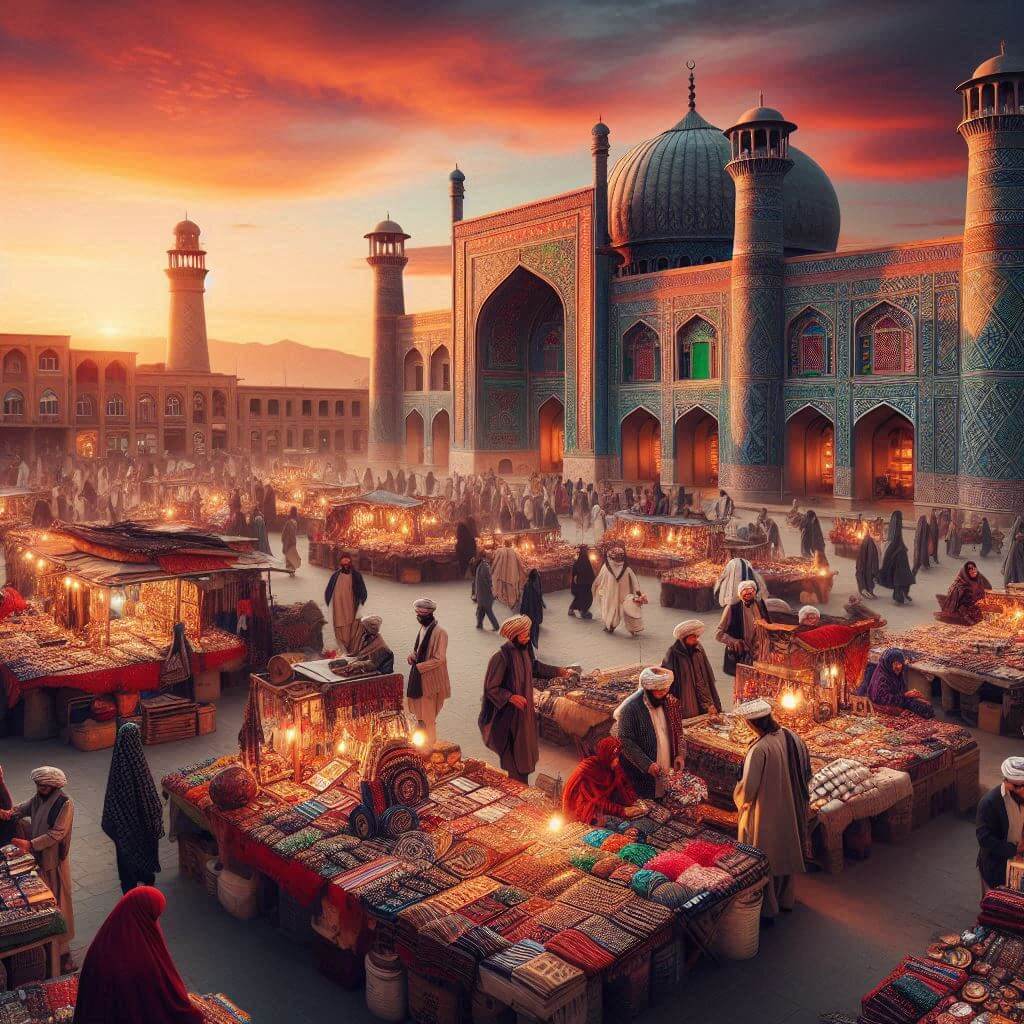 In contemporary Afghan society, the flag serves as a unifying symbol amidst
ongoing political and social challenges. It continues to evoke strong emotions
among Afghans, symbolizing resilience, unity, and aspirations for a peaceful
future.
In contemporary Afghan society, the flag serves as a unifying symbol amidst
ongoing political and social challenges. It continues to evoke strong emotions
among Afghans, symbolizing resilience, unity, and aspirations for a peaceful
future.
Interesting Facts About the Afghanistan Flag
- The black, red, and green color scheme was first introduced by King Amanullah Khan in 1928, symbolizing sovereignty and modernization efforts.
- Afghanistan holds the distinction of having undergone more changes to its national flag in the 20th century than any other country globally.
- The design and symbolism of Afghanistan's flag reflect its complex history of resistance, independence struggles, and cultural resilience.
